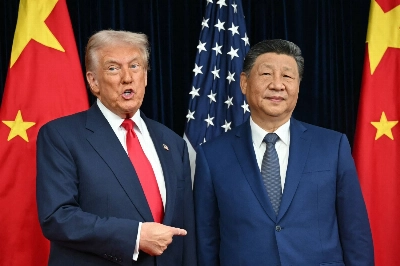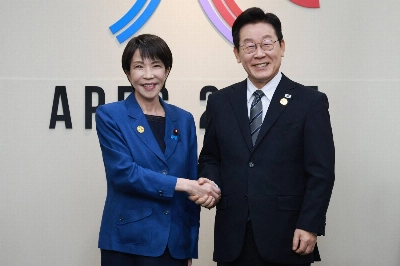For the past 40 years, Pro Musica Nipponia has taken an active role in the contemporary hogaku music scene by commissioning and performing new works for traditional instruments. The highly professional and talented ensemble has premiered dozens of works by both Japanese and foreign composers and has built up an impressive repertoire of new pieces. This fall, they will present two concerts that will resurrect some of this previously performed repertory.
I say resurrect because most newly commissioned works are usually performed only once, then shelved and forgotten. Even if a piece manages to have a repeat performance, it is hardly ever published or made available on a commercial basis. This is unfortunate because new compositions, like wine, can improve with age: Repeat performances enable the musicians to better internalize them and perform them more naturally.
The first of the "repeat" concerts in the ensemble's fall series will feature early works by Katsutoshi Nagasawa ("Shamisen Concerto," 1967), Pehr Henrik Nordgren ("Seita," 1978, for shakuhachi and three koto) and Etsuo Kawasaki ("Double Concerto for two Biwa," 1991). The second will feature an compositions by Minoru Miki ("Paraphrase for Ancient Japanese Instruments," 1966), Ryohei Hirose ("Homage to Sesshu," 1998) and Sesshu Kai ("Music for Ten Players," 1974).
















With your current subscription plan you can comment on stories. However, before writing your first comment, please create a display name in the Profile section of your subscriber account page.